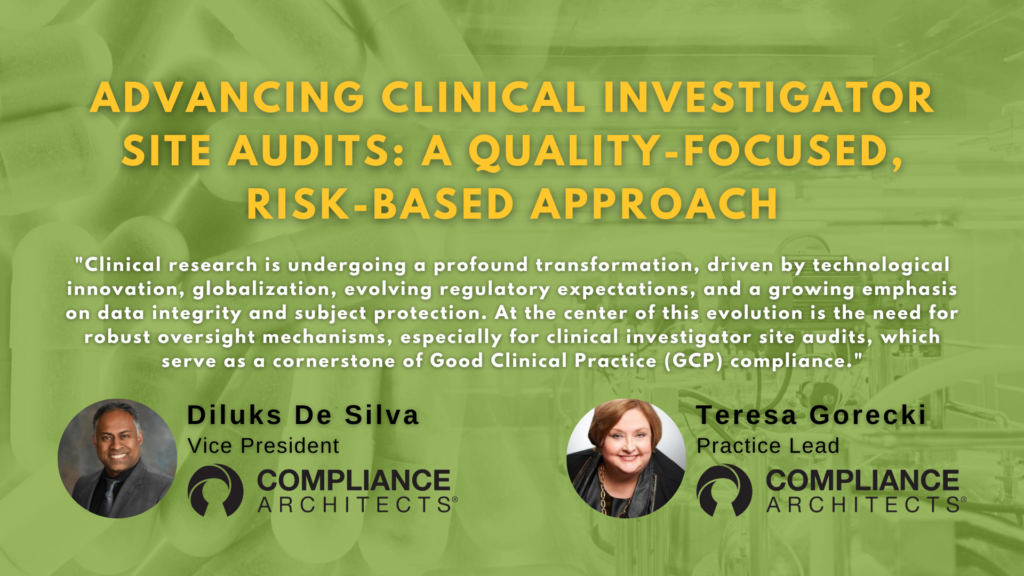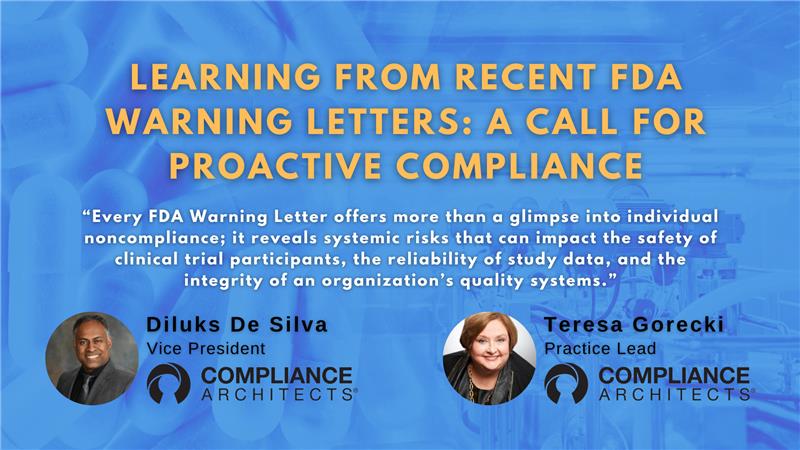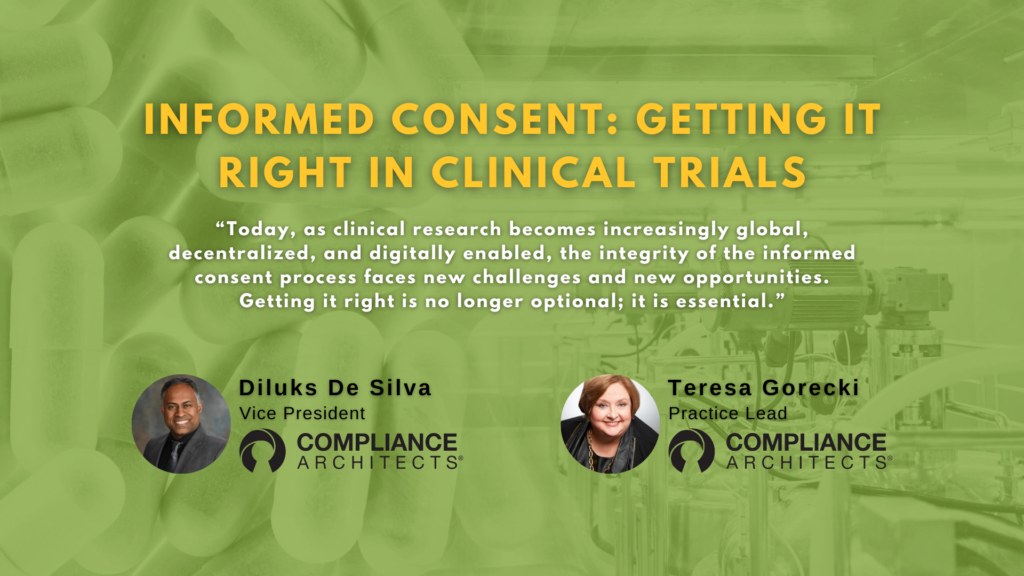Given the pace of innovation in the medical device industry and device design, understanding the role of human factors is crucial for ensuring safety and optimizing user experiences.
The discipline of Human factors engineering (HFE) focuses on the interactions between people and systems, aiming to optimize product design to improve usability, performance, and safety. In this post, I hope to explore some of the history of the FDA’s focus on human factors and highlight some proven strategies for incorporating HFE into the design process.

Table of Contents
A Brief History of the FDA’s Focus on Human Factors
In the early 2000s, spurred on by tragedies and recalls surrounding high-profile device failures, such as the Therac-25 radiation therapy machine incidents* of the 1980s, the FDA recognized the crucial link between human factors and medical device safety.
In 2005, the FDA released a guidance document titled “Applying Human Factors and Usability Engineering to Medical Devices.” This important document emphasized the importance of evaluating human factors throughout the design and development phases.
By 2016, the FDA made human factors evaluations a vital component of the premarket approval process (PMA) and 510(k) submissions. As a result, manufacturers are now required to demonstrate how human factors have been incorporated to minimize risks associated with device use.
Incorporating Human Factors in Device Design
When the guidance came out in 2005, there was a tremendous amount of angst in the industry. Now that we have almost twenty years of experience under our belts, most companies have adapted. If yours has not, or you just want a refresher, what follows are the points to consider for your design process.
Note: They are in rank order of importance. At least, in the order, I feel they should be ranked.
Understand the end-users
Understanding how healthcare professionals, patients, and caregivers will use and interact with your device is the first and most critical step. At a minimum, designers need to conduct user interviews and observe users in the field. Getting in the field is not only a best practice: it is a must.
Only “in the wild” can you get a feel for how a device will be used. Designers also need to be well-read on post-market data for the device.
NOTE: it is also best practice to open up your definition of “designer” to team members who might not feel like they are designers. Folks from Manufacturing and Quality need to know how the products they work on and contribute to will be used in the field.
Do Real Risk Analysis
Perform a thorough risk analysis that focuses on potential use errors. Identifying where users may struggle with the device should direct efforts to mitigate these risks in the design process. Spend a great deal of time identifying the steps in the user process that can have maximum impact on safety. Then dive deep into those steps to ensure they are straightforward and provide appropriate feedback and status to the user.
The classic example of this is when you have product that has multiple input gas lines. It is only through tragedies that we all now know to make the connections different for each line. Different colors, difference sizes, different appearances, etc.
Iterate
Design should be iterative, allowing for rapid prototyping and user testing. Collect feedback from real users to identify usability issues and refine the design accordingly.
Validate Usability
Once a design is deemed sufficient, conduct formal usability validation studies with representative users. This ensures that the device can be used safely and effectively without high risk for errors. Make sure your representative users are representative. Key opinion leaders are great, but they also tend to be very high on the experience curve and thus may not be likely to make the types of errors novices will.
Monitor the Post-Market
After launch, continue to monitor user interactions with the device through surveys, reports of adverse events, or user error. This ongoing analysis leads to improvements and helps prevent future complications. Although I put this on the list as number 5, it could also be number 0 because it should be a key input into all design efforts.
Conclusion
Incorporating human factors in medical device design is not merely a regulatory requirement; it is a crucial element in ensuring the safety and efficacy of healthcare innovations.
By understanding the history of human factors in regulation, actively engaging users in the design process, and learning from past failures, manufacturers can create devices that better serve both healthcare providers and patients. A robust human factors approach can reduce errors, enhance usability, and ultimately lead to better health outcomes.
As we continue to innovate in the medical device space, the focus on human factors must remain at the forefront of our design strategies, ensuring that the products we bring to market are both effective and user-friendly.
*The Therac-25 incident is one of the most notorious examples of human factor and software failure in the medical field. The Therac-25 was a radiation therapy machine used in the 1980s to deliver targeted radiation to cancer patients.
However, as the machine evolved from a mostly manual interface to one driven by software, a series of bugs and bad user interface decisions led to multiple patients receiving massive overdoses of radiation, causing injury and even death.
In their attempt to make the previously cumbersome and manual machine more user-friendly and streamlined, the designers committed a series of errors including inadequate user prompts, a lack of error checking, and poor feedback to the user on status.
It was a deadly stew of toxic ingredients that culminated in several documented overdoses of radiation delivered to patients between 1985 and 1987. In some cases, patients received doses thousands of times higher than intended, leading to severe injuries, acute radiation syndrome, and in at least three cases, fatalities.
The Therac-25 incident serves as a cautionary tale of how critical it is to incorporate human factors and usability engineering into medical device design. It emphasizes the need for clear communication, consistent feedback, and mechanisms to prevent user error, all of which are paramount to ensuring safe medical technology.
This incident led to increased regulatory oversight and a stronger focus on human factors in the design process of medical devices.





